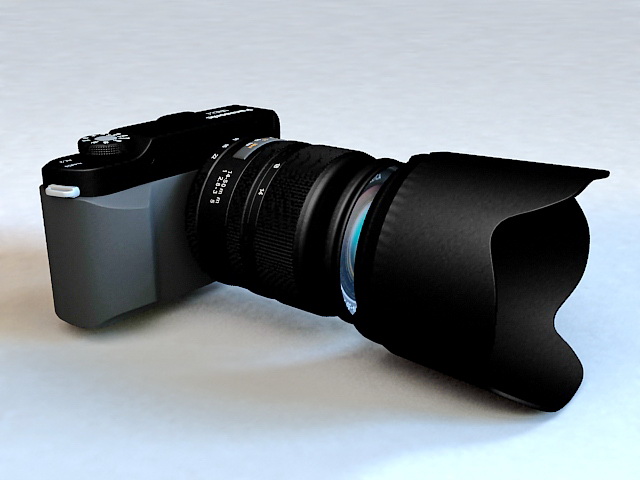
In its recent Global Assessment Report, the Intergovernmental Science-Policy Platform on Biodiversity and Ecosystem Services (IPBES) highlighted that terrestrial biodiversity losses were primarily linked to land-use changes caused by agricultural practices, whereas in maritime ecosystems overexploitation of fisheries caused major declines of biodiversity. Main causes of biodiversity loss in the past century were associated with human population growth and economic development. The Living Planet Report noted a global decline in vertebrate abundance by 60% from the period 1970–2014. Given the considerable knowledge gap, these numbers are likely higher. At least 900 species have gone extinct since 1500, and to date 1,145 species are listed as critically endangered or possibly extinct. To track evidence-based achievement of SDGs, far-reaching state-of-the-art monitoring capacities must be advanced.ĭespite the formation of the CBD, biodiversity has continued on a downward trajectory for vertebrate and insect species, while trends for many other taxa are unquantified. Goal 15 targets terrestrial biodiversity, with a focus on protection, restoration, and promotion of sustainable forest management while reversing land degradation. Goal 14 aims to protect life below water with a focus on marine pollution, protection, and restoration of ecosystems, reduction of ocean acidification, and sustainable fishing. SDGs 14 and 15 are particularly relevant for biodiversity conservation. Looking forward to 2030, the SDGs provide a global framework toward sustainable development on economic, social, and environmental levels. MA = millennium ecosystem assessment MDGs = millennium development goals SDGs = sustainable development goals YNP = Yellowstone National Park established in 1872 (yellow bar). Global conservation trends over the past 500 years (blue bars) and implementation of conservation treaties (orange bars). Ultimately, none of the Aichi targets were met on time ( Figure 1). The plan included 20 so-called Aichi targets to be addressed during the period 2011–2020. In 2012, at the Tenth Meeting of the Conference of the Parties to the Convention on Biological Diversity, a strategic plan for the protection of biodiversity was formulated. These goals are now addressed by the UN Sustainable Development Goals (SDGs) containing benchmarks for marine and terrestrial biodiversity.

The UN Millennium Development Goals (2000–2015) aimed to mitigate the extent of biodiversity loss. At the time, the initiative provided a comprehensive summary of ecosystem changes and their effects on human well-being and linked to economic activities. Through the United Nations (UN) Millennium Ecosystem Assessment initiative (2001–2005), research was conducted with the goal to identify conservation priorities and set benchmarks for future actions. At the turn of the millennium, several international initiatives were started with the aim to change the trajectory of biodiversity conservation. More than 190 nations have since ratified the treaty. Recognition of the importance and conservation needs of global biodiversity resulted in the proposal of the Convention on Biological Diversity (CBD) in Rio de Janeiro in 1992. Practical examples from real-world PAs are provided.īiodiversity is declining globally at an unprecedented rate, a trend that has proceeded unabated since the early 20th century. An overview is given in the context of applicability of monitoring tools in different ecosystems, providing a theoretical basis from conceptualization to implementation of novel tools in a monitoring program.



A review of some of today’s most exciting technologies is presented, including environmental DNA analysis for species identification automated optical, olfactory, and auditory devices remote sensing applications relaying site conditions in real-time and uses of unmanned aerial systems technology for observation and mapping. In this chapter, modern biodiversity monitoring techniques are introduced and discussed in relation to previous standard approaches for their applicability in diverse habitats and for different groups of organisms. Selection and application of appropriate tools increasingly improve options for adaptive management. In PAs, use of new technologies will support a shift from primarily expert-based to automated monitoring procedures, allowing increasingly efficient data collection and facilitating adherence to conservation requirements. Effective strategies are available for test site establishment, data collection, archiving, analysis, and presentation. State-of-the-art tools are revolutionizing protected area (PA) manager approaches to biodiversity monitoring.


 0 kommentar(er)
0 kommentar(er)
